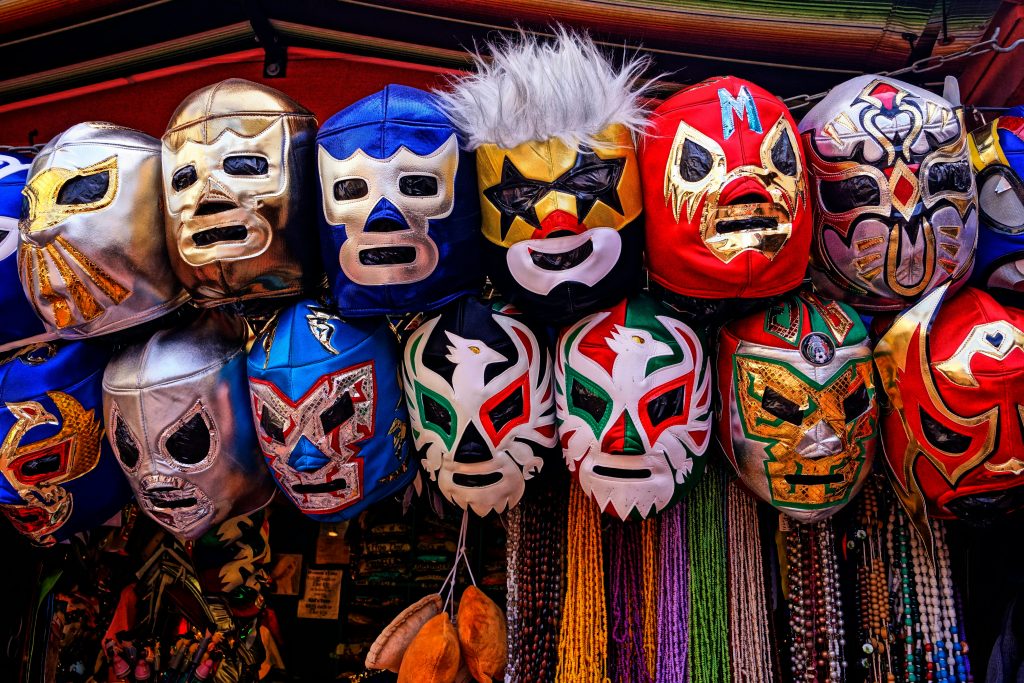
The Growing Problem of Counterfeit Sports Apparel
The world of sports apparel has seen exponential growth in recent years, driven by the increasing popularity of sports and fitness activities globally. However, this boom has also attracted a darker side of commerce: counterfeit sports apparel. The increase in fake merchandise is not just an economic concern for brands and legitimate retailers; it also poses significant risks to consumers and impacts the integrity of sports industries.
Counterfeit sports apparel is a multi-billion-dollar problem. Major sports brands invest heavily in research, design, and marketing to create high-quality products that meet the needs of athletes and fans alike. However, the influx of counterfeit goods erodes these investments. It is estimated that the global trade in counterfeit and pirated goods is worth over $1 trillion annually, with a substantial portion stemming from fake sports merchandise.
These counterfeit products are often sold at a fraction of the price of genuine items, leading to a significant loss of revenue for legitimate manufacturers and retailers. This not only affects their bottom line but also reduces their ability to invest in new technologies and innovations. Furthermore, counterfeit goods can damage brand reputation, as inferior products bearing their name can lead to consumer dissatisfaction and mistrust.
While the economic losses to brands are significant, the risks to consumers can be even more troubling. Counterfeit sports apparel is usually made from substandard materials that do not meet the safety and performance standards of legitimate products. This can lead to a range of problems, from skin irritations to more serious injuries due to inadequate support and protection.
For athletes, wearing counterfeit apparel can hinder performance. Authentic sports apparel is designed with advanced materials and technologies to enhance performance, regulate body temperature, and provide appropriate support. Counterfeit items lack these features, potentially affecting an athlete’s performance and even leading to injuries.
The spread of counterfeit apparel also undermines the integrity of sports industries. Official team merchandise, for instance, plays a crucial role in funding various aspects of sports, including youth programs, stadium maintenance, and player salaries. When consumers purchase counterfeit items, they in effect are diverting funds away from these essential areas.
Moreover, the presence of counterfeit goods in the marketplace has a tendency to dilute the value of official merchandise. Sports teams and leagues rely on the exclusivity and authenticity of their branded merchandise to maintain a strong connection with their fans. Counterfeit goods can weaken this bond by flooding the market with subpar imitations.
Addressing the issue of counterfeit sports apparel requires a multi-faceted approach involving various stakeholders, including brands, retailers, law enforcement, and consumers.
The problem of counterfeit sports apparel is complex affecting economic interests, consumer safety, and the integrity of sports. While significant strides are being made to combat this issue, continuous efforts and collaboration among all stakeholders are essential to protect consumers and preserve the authenticity of sports merchandise. By remaining vigilant and proactive, the industry can hope to curb the spread of counterfeit goods.

BRIAN W. BROKATE 650 Fifth Avenue New York NY 10019 USA Telephone : +1 212 705 9808 Fax :+1 212 688 8315 Email : bwbrokate@gibney.com Website : https://www.gibney.com/
